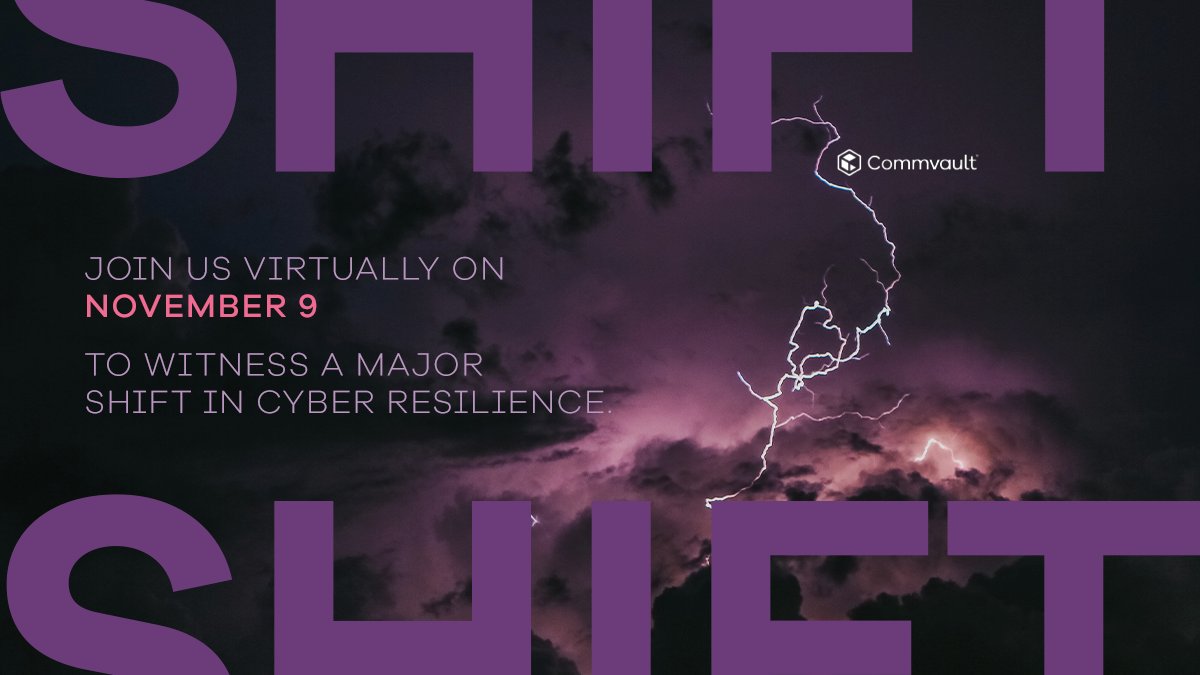Usually I’m an early adopter. Or at least I want to be an early adopter. If you have an emerging product category with a flawed product, I really really want to spend way too much money on what you’re offering. It’s a problem.

Exhibit A
Image Credit: atlnav
This is why it always seemed weird why I didn’t join Twitter until 2009. Since it’s de facto launch at SXSW in 2007, there had been enough buzz around the service to well whet my appetite. In a lot of ways, what made me wait to join Twitter are many of the same issues that plague the service today. There wasn’t exactly a clear use case for the service and a lot of the functionality was not obvious to newcomers. Much of the functionality of the site was tacked on with either community standards (retweeting), or by third-party companies (image and video sharing).
By 2009, though still early days looking back, things had begun to settle slightly. I think most of the core dynamics people associate with Twitter had been largely codified into the general user experience. It certainly didn’t have the user-friendliness of Facebook, but felt more like a wide open playground in 2009 than the vacant lot of 2007.
Still the service had a lot of functionality dependent on third-parties. Twitter feeds were largely text, with a lot of URL’s thrown in. It seems weird now, but the service seemed very happy to constantly send you away from it. Being so wide open to whatever you wanted to make of it was one of the attractions for a lot of early users. I began using as a supplement for RSS, following sites and writers that I enjoyed and basically using it as a news feed. It was only later as more friends joined and I entered a little bit into the culture of the site did I begin to use it socially.
Twitter fundamentally changed in 2011 when the added native image hosting and purchased the prominent client Tweetdeck. This was a clear shift in strategy for the company. They no longer seemed content to reply on third parties to provide additional functionality, and sought to bake in their own. Since then, the company has shown greater preference to bringing in their own functionality at the expense of others. The most notable was the case of Meerkat and Periscope, where Twitter killed their access to their service just as they were set to debut their own competitor.
Now if you’ve been even remotely following the enterprise IT space the last few years, the name Docker is hard to miss. They’ve really moved the container conversation into the IT mainstream. But being relatively new in the enterprise IT space myself, what the company has really reminded me of is Twitter in its protean days in the late aughts.

Obligatory Photo of Shipping Containers
Image Credit: Håkan Dahlström
Just like social networks proliferated before Twitter, Linux Containers long predated Docker. Here’s where I see the similarity. Just like Twitter circa 2009, Docker is gaining marketshare like crazy. More importantly, when you hear anyone mention containers, Docker is almost always in the conversation. They’ve established a cognitive foothold on the category. But after attending Tech Field Day last month, it’s become clear that the containerization of IT is going to require some partners. Much like Twitter was a text-based blogging service in 2007 that needed companies like YFrog and TwitPic to add imaging, we’re seeing companies like StorageOS adding stateful container storage on the application level. There’s a cottage industry of players all working to add in those pieces of functionality to make Docker a full fledged solution, by adding additional networking, storage, and management to the existing platform. All of these seek to be necessary compliments to the platform, and leverage the popularity of Docker into their own success. Just like media hosting companies existed long before Twitter, many were able to gain prominence by attaching themselves to the platform.
So will Docker follow Twitter’s example? Will they slowly acquire what other companies are providing to compliment their platform, subsume those features and shut out the others? I might argue that it’s already happening. The company already acquired SocketPlane last year to shore up their networking deficiencies. At Tech Field Day, I saw some of the fruits of this acquisition. It’s far from a complete solution, there’s certainly room for a more robust solution from a network engineer’s perspective. But if I were a VC or looking to start a new company, the mere fact that Docker is now invested in improving their networking would have a chilling effect. Of course, being an open source project does mitigate this a bit. There’s not as much of a danger of the equivalent of Twitter revoking their data firehose.
That being said, Docker today is not Twitter today. While not a failing company necessarily, Twitter certainly seems to be flailing these days. But you only have to look back a few years to hear people talk about it in similar glowing terms to Docker. It’s interesting to compare the two companies at their respective inflection points.
Docker is the company everyone loves to talk about. They’ve been the subject of acquisition rumors for years. Everyone wants to try them out, even if they don’t fully understand what they do. And they’ve spurred an ecosystem of companies eager to extend what their product can do. Docker is the new Twitter.





[…] Docker is the New Twitter […]